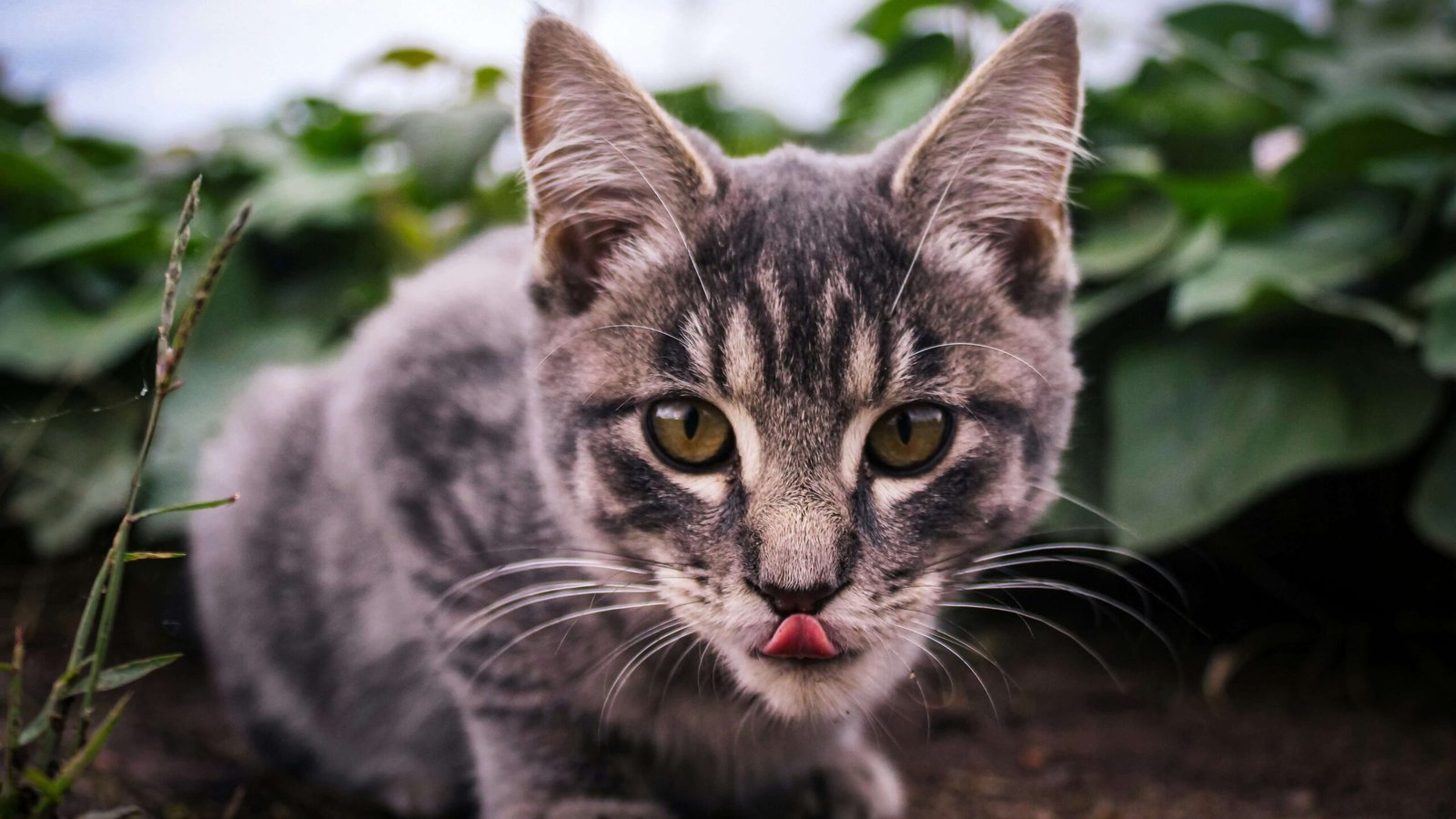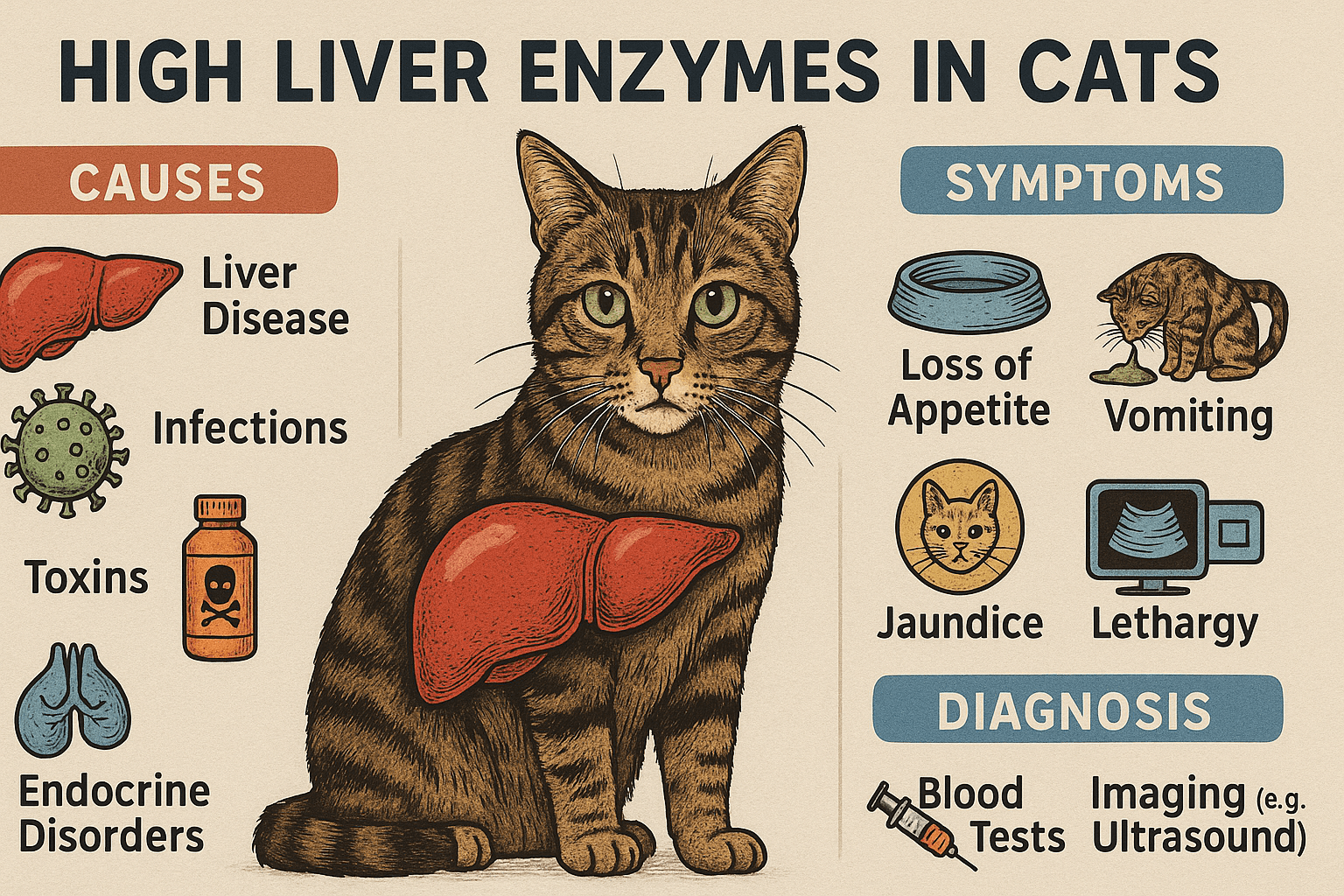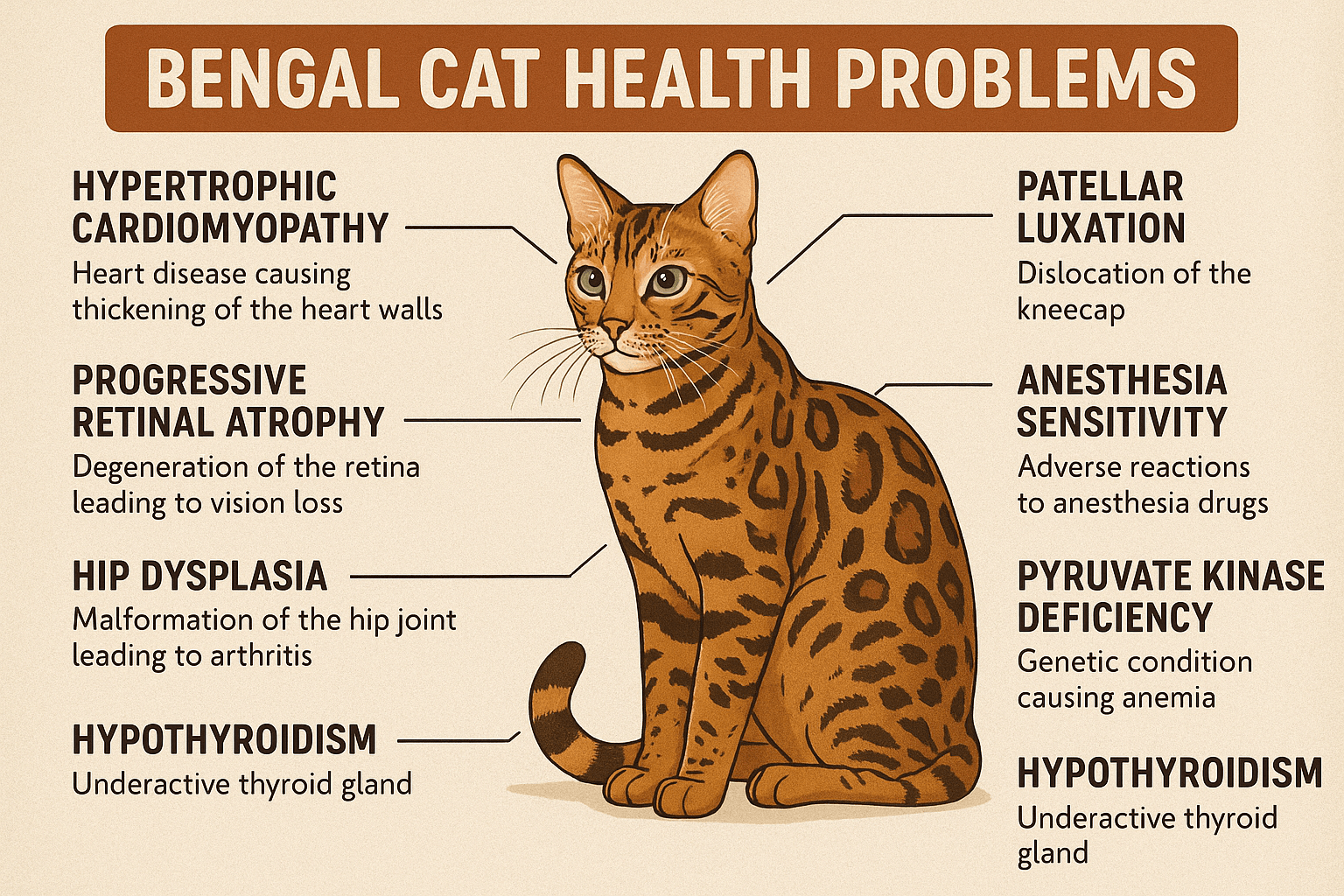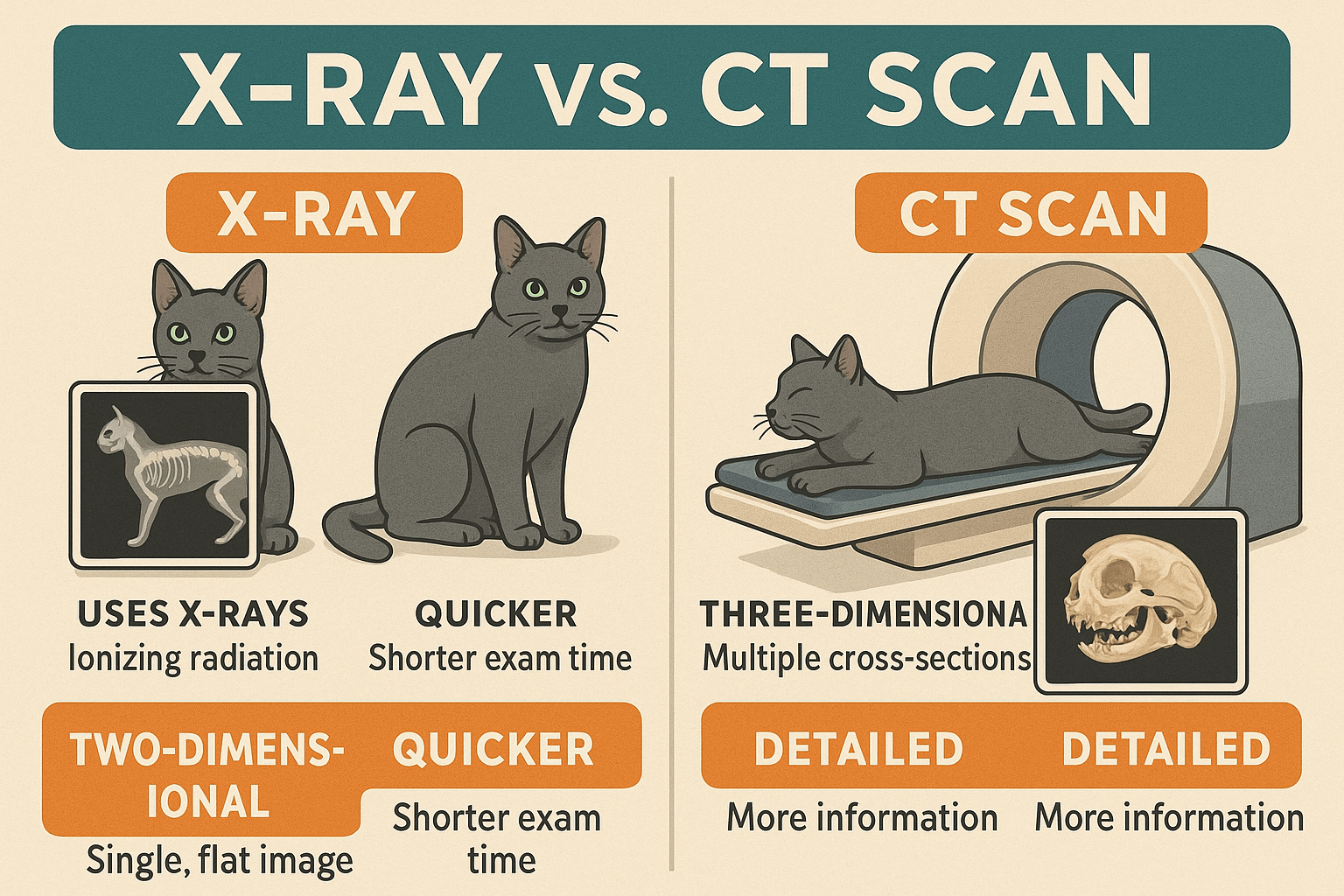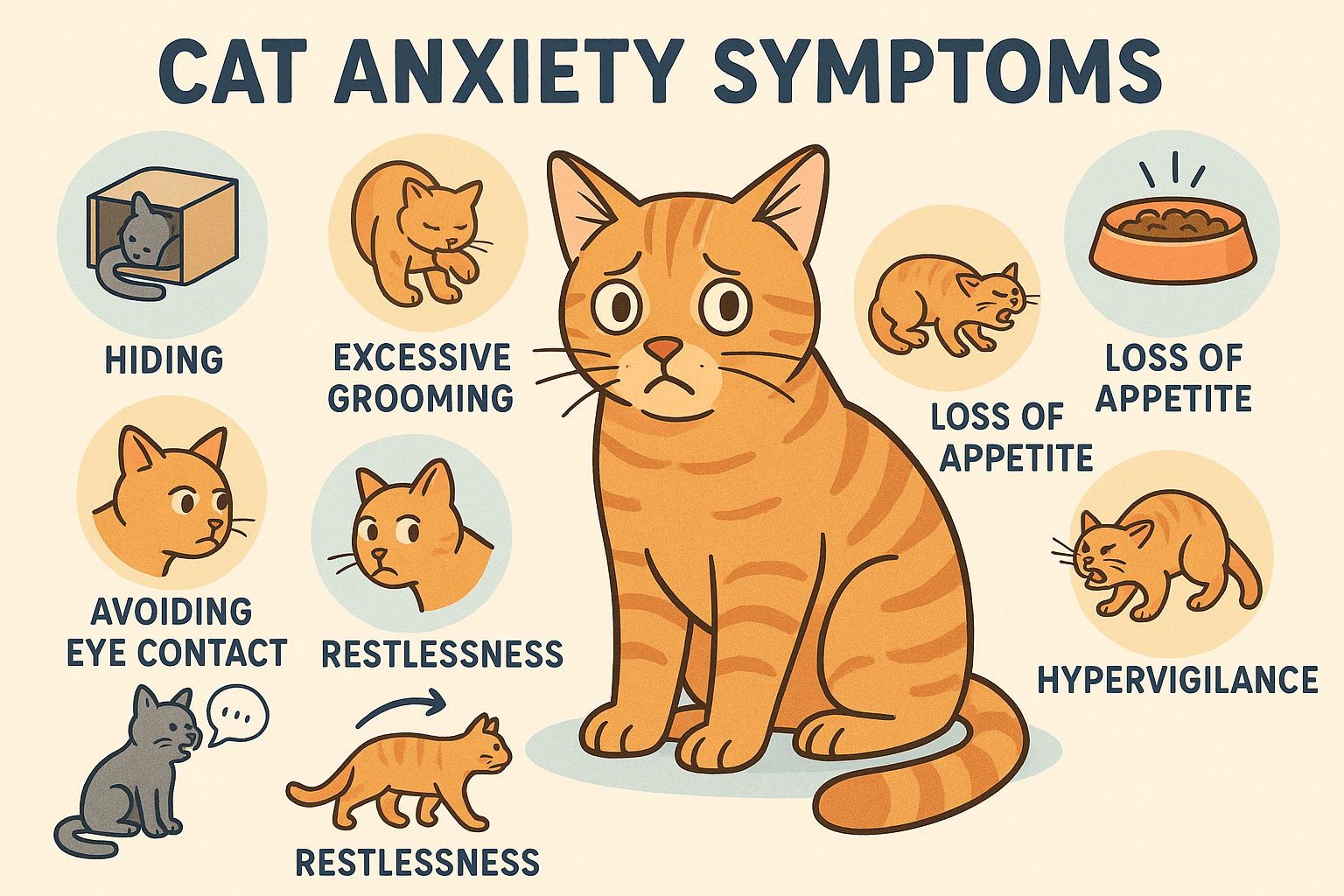Cat Wound Treatment: A Comprehensive Guide to Helping Your Feline Heal
Cats are naturally curious creatures, and their adventurous nature sometimes leads to scrapes, cuts, or other injuries. While minor wounds may heal on their own, knowing how to properly treat a cat wound is essential for ensuring your feline friend recovers quickly and without complications. Whether it’s a scratch from a playful encounter or a deeper injury caused by an accident, understanding the steps to take can make all the difference. In this guide, we’ll explore expert tips for identifying, cleaning, and caring for cat wounds, as well as when to seek professional veterinary help.
Identifying Different Types of Cat Wounds
Before treating a wound, it’s important to identify its type and severity. Cats can sustain various kinds of injuries, each requiring specific care. Here’s a breakdown of common types of wounds you might encounter.
Superficial Scratches :
These are shallow cuts or abrasions that typically don’t penetrate deep into the skin.Bite Wounds :
Often caused by fights with other animals, these wounds can introduce bacteria and lead to infections if not treated promptly.Puncture Wounds :
Deep, narrow wounds caused by sharp objects like nails or teeth can be deceptive and may require special attention.Lacerations :
Larger, open cuts that may bleed heavily and often need immediate care to prevent infection.Burns or Scalds :
Thermal, chemical, or electrical burns require gentle handling and often professional treatment.
Understanding the type of wound will help you determine the appropriate course of action. Always prioritize cleanliness and avoid causing further discomfort to your cat during assessment.
Step-by-Step Guide to Treating Minor Cat Wounds
For minor wounds, proper at-home care can aid in healing and reduce the risk of infection. Follow these steps to ensure safe and effective treatment.
Assess the Situation :
Calmly examine the wound to determine its size, depth, and whether it’s bleeding. Avoid startling your cat during this process.Stop the Bleeding :
Apply gentle pressure with a clean cloth or gauze to control bleeding. Elevate the injured area if possible.Clean the Wound :
Use lukewarm water or a saline solution to gently flush out dirt and debris. Avoid harsh chemicals like hydrogen peroxide.Apply an Antiseptic :
Once cleaned, dab a pet-safe antiseptic ointment around the edges of the wound to prevent infection.Bandage if Necessary :
For larger wounds, cover them with a sterile bandage. Ensure it’s snug but not too tight to avoid restricting blood flow.
Remember, even minor wounds can worsen if not treated correctly. Monitor your cat closely for signs of infection or worsening symptoms.
Check this guide 👉Understanding Cat Fight Wounds: Best 7 Health Tips!
Check this guide 👉Indoor vs Outdoor Cat Lifespan: Best 7 Health Tips!
Check this guide 👉Cat Antibiotics Without Veterinary Guidance: Best 7 Tips!
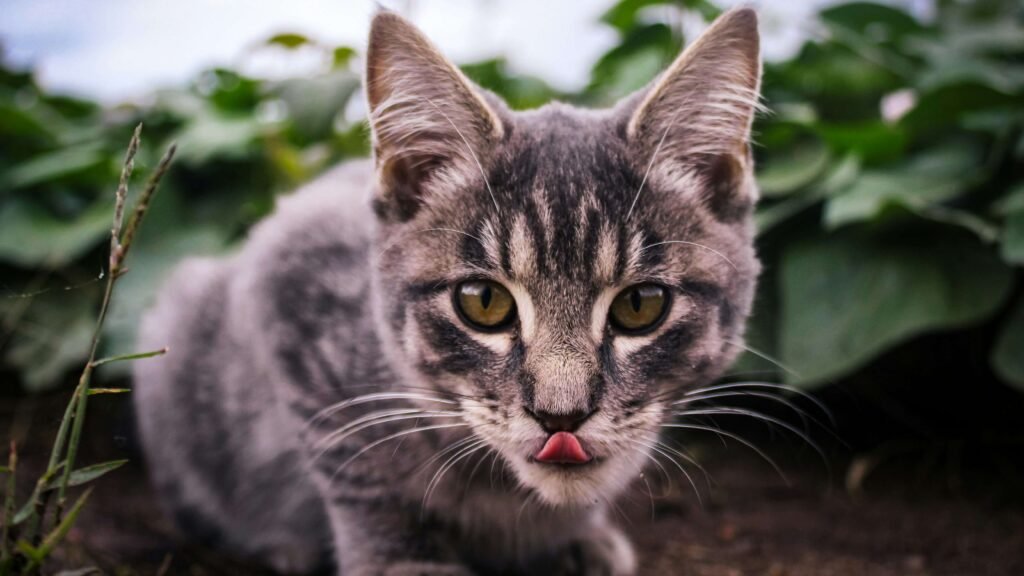
Signs of a Healing Wound | Signs of an Infected Wound |
|---|---|
Reduced redness and swelling | Increasing redness or warmth |
Minimal discharge | Pus or foul-smelling discharge |
Normal energy levels | Lethargy or loss of appetite |
No limping or discomfort | Persistent licking or chewing |
Gradual improvement | Fever or unusual behavior |
When to Seek Veterinary Care for Cat Wounds
While some wounds can be managed at home, others require professional attention. Knowing when to consult a vet is crucial for your cat’s health and recovery.
Deep or Large Wounds :
If the wound is deep, gaping, or won’t stop bleeding despite your efforts, seek veterinary care immediately.Bite Wounds :
Even if they appear small, bite wounds can harbor bacteria and often require antibiotics to prevent abscesses.Foreign Objects :
If something is embedded in the wound, do not attempt to remove it yourself—let a professional handle it.Signs of Infection :
Symptoms like swelling, pus, or fever indicate an infection that needs medical treatment.Burns or Chemical Exposure :
Severe burns or exposure to toxic substances require urgent veterinary attention to minimize damage.
When in doubt, err on the side of caution and contact your vet. Early intervention can prevent complications and speed up recovery.
Preventive Measures to Minimize Wound Risks
Preventing injuries is always better than treating them. By taking proactive steps, you can reduce the likelihood of your cat sustaining wounds.
Supervise Outdoor Time :
If your cat goes outside, monitor their activities to protect them from fights or hazardous environments.Cat-Proof Your Home :
Remove sharp objects, secure loose wires, and block access to dangerous areas like balconies or open windows.Regular Nail Trimming :
Keeping your cat’s nails trimmed reduces the risk of scratches during play or grooming.Neuter or Spay Your Cat :
This decreases territorial aggression and the likelihood of fights with other animals.Provide Safe Play Areas :
Create enriching indoor spaces with toys and climbing structures to keep your cat entertained and less likely to engage in risky behaviors.
By implementing these preventive measures, you can help keep your cat safe and injury-free while fostering a happy, healthy environment.
Common Mistakes to Avoid When Treating Cat Wounds
While treating your cat’s wound at home, it’s easy to make mistakes that could delay healing or worsen the injury. Being aware of these common pitfalls can help you provide better care and avoid complications.
Using Harsh Chemicals :
Products like alcohol or hydrogen peroxide can irritate your cat’s skin and damage healthy tissue around the wound.Skipping Cleaning :
Failing to clean the wound properly increases the risk of infection and delays the healing process.Over-Tightening Bandages :
Wrapping a bandage too tightly can restrict blood flow and cause additional discomfort for your cat.Ignoring Signs of Infection :
Dismissing early warning signs like swelling or discharge may allow an infection to spread unchecked.Forcing Your Cat to Stay Still :
Restraining your cat too aggressively can increase stress and make treatment more difficult in the long run.
By avoiding these mistakes, you can ensure your cat receives safe and effective care while minimizing the risk of complications.
How to Comfort Your Cat During Wound Treatment
Cats can become anxious or agitated when they’re injured, making treatment challenging. Here are some tips to keep your feline calm and cooperative during the process.
Create a Calm Environment :
Choose a quiet, familiar space free from distractions to minimize stress during treatment.Use Positive Reinforcement :
Reward your cat with treats or gentle praise after each step of the process to build trust and cooperation.Handle Your Cat Gently :
Approach your cat slowly and speak in soothing tones to reassure them throughout the procedure.Provide Distractions :
Offer toys or engage your cat with gentle play before starting treatment to shift their focus away from the injury.Stay Calm Yourself :
Cats can sense your emotions—if you remain calm, they’re more likely to stay relaxed as well.
By prioritizing your cat’s comfort, you can make wound treatment a less stressful experience for both of you.
Long-Term Care Tips for Healing Cat Wounds
Once initial treatment is complete, ongoing care is essential to ensure your cat’s wound heals fully and without setbacks. Here are some tips for supporting long-term recovery.
Monitor Daily Progress :
Check the wound daily for changes in appearance, odor, or discharge to catch any issues early.Keep the Area Clean :
Regularly clean around the wound with pet-safe solutions to prevent dirt or bacteria from causing reinfection.Limit Physical Activity :
Discourage jumping, running, or rough play that could reopen the wound or slow down healing.Maintain a Healthy Diet :
Provide nutrient-rich food to support your cat’s immune system and promote faster tissue repair.Follow Up with Your Vet :
Schedule follow-up appointments as recommended to ensure the wound is healing properly and address any concerns.
With consistent care and attention, you can help your cat recover completely and return to their playful, happy self.
Frequently Asked Questions About Cat Wound Treatment
Can I use human first aid products on my cat’s wound?
No, many human products contain ingredients that are toxic to cats. Stick to pet-safe antiseptics and treatments.
How can I stop my cat from licking their wound?
Consider using an Elizabethan collar (cone) or a soft recovery suit to prevent licking and promote healing.
Is it normal for a wound to scab over?
Yes, scabbing is part of the natural healing process. However, monitor the area for signs of infection.
What should I do if my cat’s wound smells bad?
A foul odor may indicate infection. Clean the area gently and consult your vet for further guidance.
How long does it take for a cat’s wound to heal?
Healing time varies depending on the wound’s severity, but minor wounds typically heal within 7–10 days with proper care.
Final Thoughts: Supporting Your Cat’s Recovery
Treating a cat wound requires patience, care, and attention to detail. From identifying the type of injury to providing proper cleaning and monitoring, every step plays a vital role in your cat’s recovery. Remember, prevention is key, but accidents happen—even to the most cautious pets. By staying informed and prepared, you can respond effectively and ensure your feline companion heals quickly and comfortably. Above all, trust your instincts—if something feels off, don’t hesitate to reach out to your veterinarian. With love and dedication, you’ll help your cat bounce back stronger than ever.
High Liver Enzymes in Cats: Best 7 Expert Tips! Discover causes, symptoms, and treatment options for elevated liver enzymes in cats. Learn how to support your cat’s liver health effectively.
Bengal Cat Health Problems: Best 7 Expert Tips! Discover expert advice on common Bengal cat health issues, preventive care, and tips to keep your feline friend healthy and happy for years to come.
X-Ray vs CT Scan for Cats: Best 7 Expert Tips! Discover key differences, benefits, and expert advice on choosing the right imaging method for your cat’s health needs.
Cat Anxiety Symptoms: Best 7 Expert Tips! Discover signs of feline stress, effective calming strategies, and expert advice to help your cat feel safe, happy, and relaxed at home.

